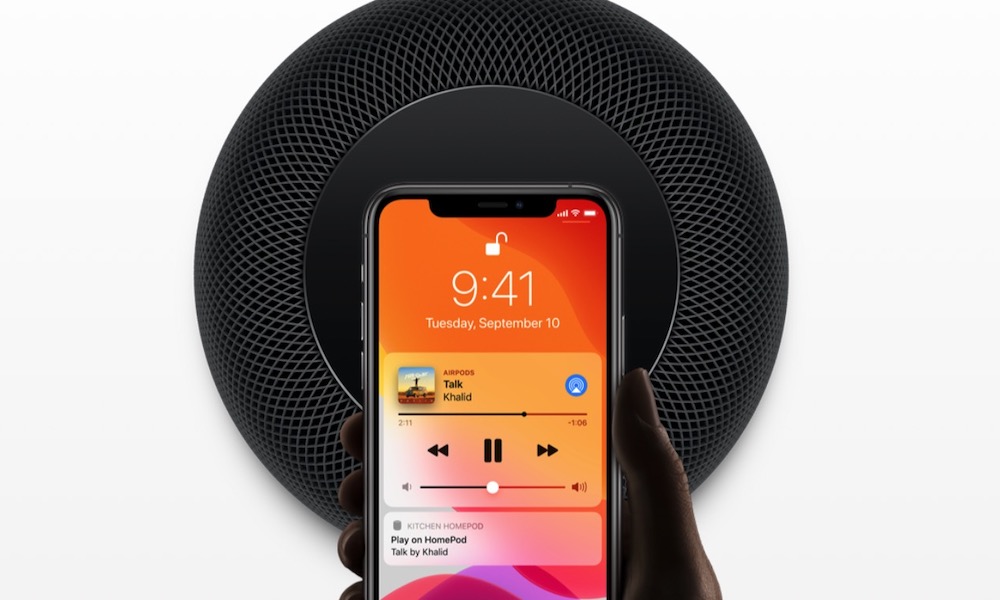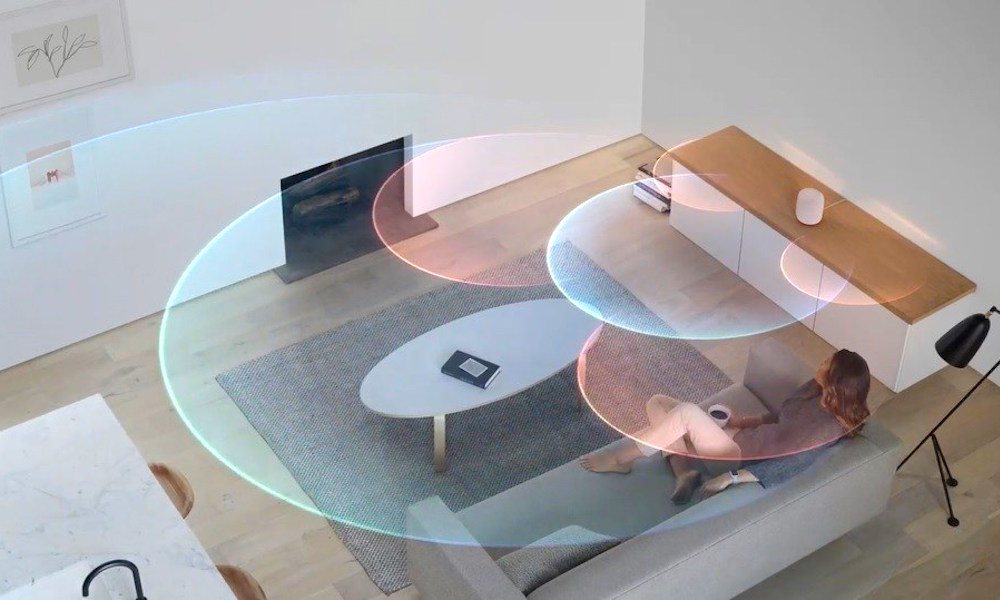iOS 15.1 Shows the Original HomePod Love with Apple Music Dolby Atmos
 Credit: Apple
Credit: Apple
Toggle Dark Mode
Alongside a significant release of iOS 15.1 for the iPhone yesterday, Apple has also quietly updated its HomePod speakers to the equivalent HomePod 15.1 software, and owners of Apple’s full-sized HomePod will be happy to know the company still isn’t leaving the original 2018 HomePod behind.
In fact, even though the HomePod was discontinued earlier this year, Apple is still adding features that take advantage of its unique capabilities, keeping it apace with and slightly ahead of the smaller and more affordable HomePod mini.
Notably, HomePod Software 15.1 adds Spatial Audio with Dolby Atmos support exclusively to the larger HomePod speaker, which means you’ll now be able to use them to listen to the entire catalogue of enhanced Apple Music tracks in all of their Dolby Atmos glory.
In addition, both the HomePod and HomePod mini are gaining support for streaming lossless audio directly from Apple Music, and while we’d argue that most users won’t be able to hear this higher quality lossless audio, it’s hard to argue with providing the best audio possible.
While all HomePods are capable of lossless audio, the HomePod mini isn’t being left out of Spatial Audio with Dolby Atmos just to artificially distinguish it from its older sibling. The problem is that the smaller HomePod mini simply doesn’t have the hardware necessary to properly support this.
This is the same reason that Home Theatre Mode for the Apple TV originally came only to the full-sized HomePod, even though Apple had also just released the HomePod mini that very same week.
One of the reasons Apple’s first HomePod was so expensive was that the speaker packed in some pretty amazing technology for its time, including a patented Spatial Awareness feature that allowed it to adapt to its placement in the room. This resulted in the HomePod producing great sound from the very beginning, but it also lined up it perfectly for offering simulated multichannel Dolby Atmos audio, since the array of six active microphones could analyze the sound bouncing around the room and use the powerful A8 chip to provide perfect acoustics.
Although tvOS 15 and HomePod Software 15 added the ability to use HomePod minis as default speakers for your Apple TV, these can only act as a stereo pair. This still has numerous advantages, including sending audio to them from other devices like your PS5 using eARC, but you definitely won’t get a full home theatre experience with a pair of HomePod mini speakers.
So, it’s not all that surprising that the same applies to Spatial Audio with Dolby Atmos. Although Apple could still send a Dolby Atmos stream to a HomePod mini, the smaller speakers don’t provide the necessary fidelity to let you actually hear this higher-quality audio.
Even though Apple allows Spatial Audio with Dolby Atmos on third-party headphones and speakers, you need a pretty good set of headphones to actually hear it. Apple makes no promises about how well this will actually work, and in fact, it even throws up a warning dialog when you enable it to let you know that it’s not officially supported, and your mileage will vary.
Since the HomePod mini is Apple’s own hardware, however, it already knows that the Spatial Audio with Dolby Atmos experience isn’t going to work here, and it’s not going to try to mislead users into thinking it will. While the ability to hear lossless audio is subjective, and offering higher-fidelity audio is never a bad thing, Spatial Audio doesn’t work the same way, and you can actually end up with a worse listening experience if you’re trying to emulate Dolby Atmos on headphones or speakers that just aren’t up to the task.







